New Delhi | 8-10-2025- In the name of safety, India’s justice system just turned empathy into an offence. When the powerful can’t control chaos, they cage the powerless.
In a landmark ruling that has reignited national debate over animal (WARFARE) welfare and public safety, the Supreme Court of India on Thursday directed that stray dogs be removed from public institutions such as schools, hospitals, bus and railway stations, and sports complexes, citing growing concerns over the rise in dog-bite incidents and threats to public safety.The Supreme Court has ruled that stray dogs should not be released back to their original locations and must instead be relocated by municipal authorities. But behind every “stray” is a life that once belonged — a creature searching for food, warmth, and safety in a world that often looks away. Relocation may sound like order, but compassion must guide where and how these lives are moved
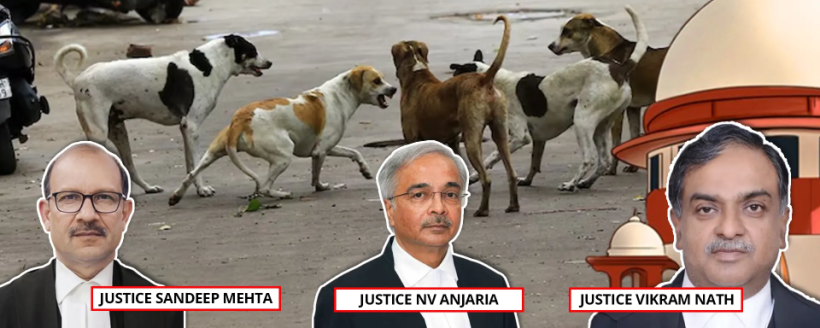
The bench, comprising Justices Vikram Nath, Sandeep Mehta, and N. V. Anjaria, issued a series of directives aimed at addressing what it called a “persistent public hazard,” while holding government officials personally accountable for lapses in enforcement.
“Persistence of stray dogs imperils public safety. Children, the elderly, and the poor are the worst affected,” the bench observed, calling for immediate compliance from states and union territories.
Key Highlights of the Judgment
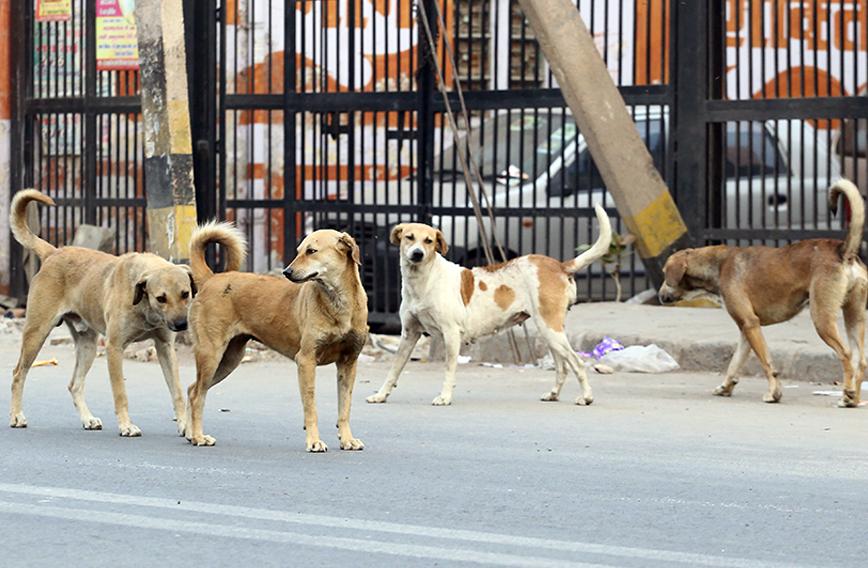
- Institutional Ban: Stray dogs are to be removed from all public institutions and not released back into the same areas once relocated.
- Highway and Expressway Safety: Authorities have been instructed to clear stray dogs and cattle from national and state highways and to establish dedicated helplines and patrol units.
- Feeding Regulation: The Court called for strict regulation of feeding activities in public places, directing municipal bodies to create designated feeding zones in coordination with animal welfare boards.
- Accountability: Local officials and municipal commissioners will be held personally liable for non-compliance or negligence.
The order follows a series of petitions highlighting the increasing frequency of dog-bite cases, including attacks inside schools and hospital premises, some of which have turned fatal. The Court noted that India reports over 1.8 crore dog bites annually, with many victims being children from low-income families.
Reactions: Support and Backlash
While the ruling has been widely supported by parents’ associations and public health advocates, it has drawn sharp criticism from animal-rights groups and community feeders, who say it risks being implemented in a cruel or impractical manner.
The country’s chronic shortage of animal shelters raises fears of overcrowding, neglect, or even euthanasia — in clear violation of the Prevention of Cruelty to Animals Act. Moreover, the ruling appears to contradict the Animal Birth Control (ABC) Rules, which advocate sterilisation and re-release rather than permanent displacement, leaving state authorities uncertain about implementation. Community feeders and NGOs, who play a vital role in caring for and vaccinating strays, now face the risk of restrictions or prosecution, potentially deepening mistrust between citizens and civic bodies. With limited infrastructure and funding, the enforcement of such an order could remain largely symbolic, opening doors to selective action and misuse. Beyond legality and logistics, the issue strikes at the nation’s moral core — for stray dogs have long been woven into India’s cultural and emotional landscape, and their forced removal threatens not only animal welfare but the compassion that defines a humane society.
The Ground Reality: Implementation Challenges
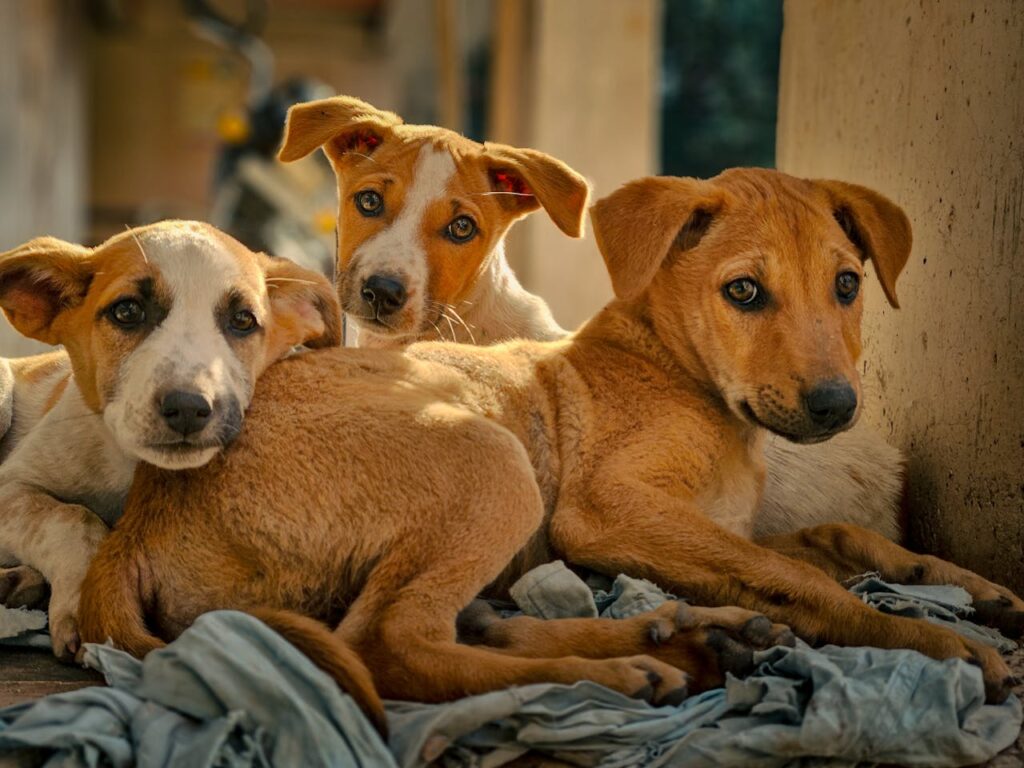
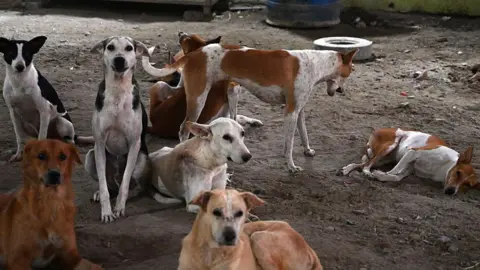
Across India, municipal corporations are already struggling to meet existing ABC programme requirements due to limited infrastructure and funding. For instance, Ahmedabad, with an estimated 2.1 lakh stray dogs, has shelter capacity for only 500. Similar shortages exist in Jaipur, Lucknow, and Chennai. Officials warn that the Court’s ambitious directives, while well-intentioned, may be difficult to execute without a national framework and financial assistance.
Expert Perspectives
Terming the Supreme Court’s directive “a shocking setback,” Bharati Ramachandran, CEO of the Federation of Indian Animal Protection Organisations (FIAPO), said the decision defies science, law, and common sense. She pointed out that the ruling contradicts global health standards laid out by the World Health Organization (WHO) and the World Organisation for Animal Health (WOAH), as well as India’s own Animal Birth Control (ABC) Rules, 2023.
“The right response to rabies tragedies is not removal but rigorous sterilisation and vaccination,” Ramachandran explained, adding that India has no shortage of willing philanthropists to fund such programmes — only a shortage of political will. She warned that large-scale removal of stray dogs destabilises existing, vaccinated populations, creating a “vacuum effect” where new, unvaccinated dogs move in, heightening the risk of rabies. “Science is clear — vaccination and sterilisation save lives. Displacement only resets the problem,” she concluded.
Looking Ahead
The Court has given state governments eight weeks to submit detailed compliance reports, outlining the number of dogs removed, shelters established, and mechanisms for humane care. The Animal Welfare Board of India (AWBI) has also been directed to issue Standard Operating Procedures (SOPs) for ethical handling and rehabilitation.
Protests have already erupted in Delhi and Mumbai, with activists demanding clarity on where the dogs will be housed and how their welfare will be monitored.
As India walks the tightrope between compassion and caution, the coming months will determine whether this ruling becomes a humane model for urban animal management — or a humanitarian crisis in disguise.

Perhaps one day, India’s Supreme Court will realise that safety doesn’t come from removing the voiceless, but from listening to the voices we’ve long ignored. Until then, the dogs will stay in cages — and our humanity will keep wandering the streets.
For a nation that worships compassion, this ruling is a strange kind of devotion — one that builds shelters for dogs while slowly emptying the heart that built them.
Stay ahead of the curve with WH News — where every story comes alive with insight, impact, and perspective. Discover more at www.whitehorsedaily.com


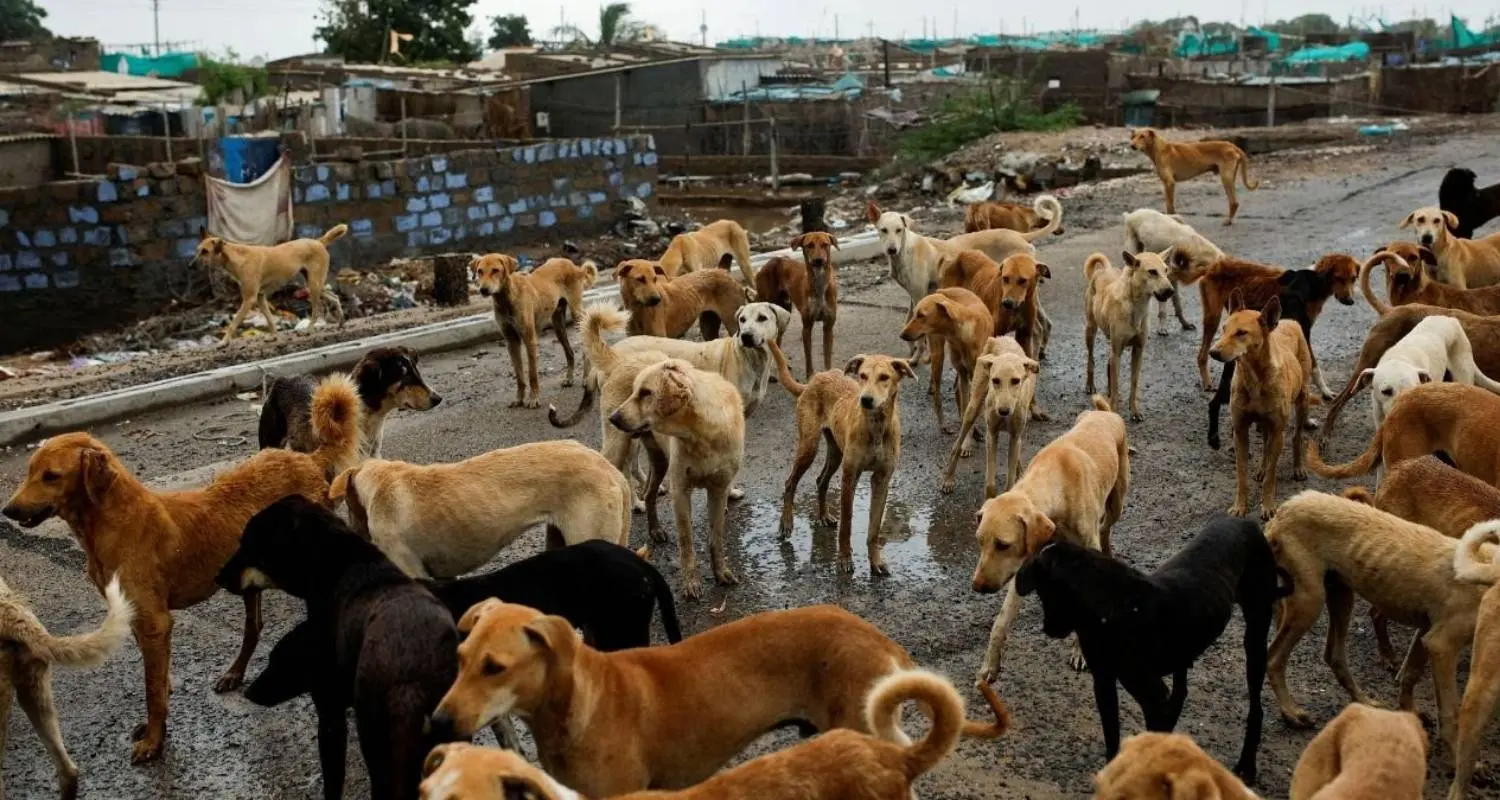







Leave a comment